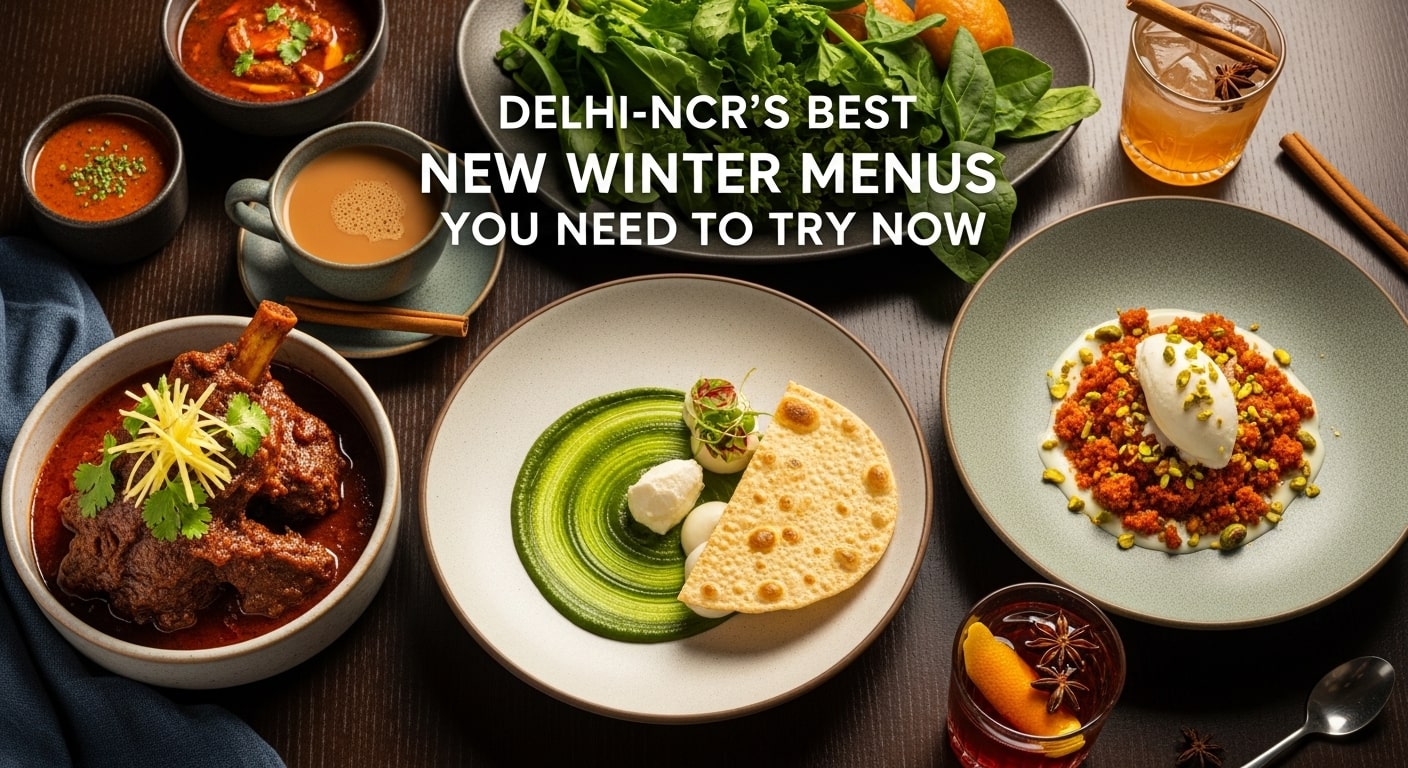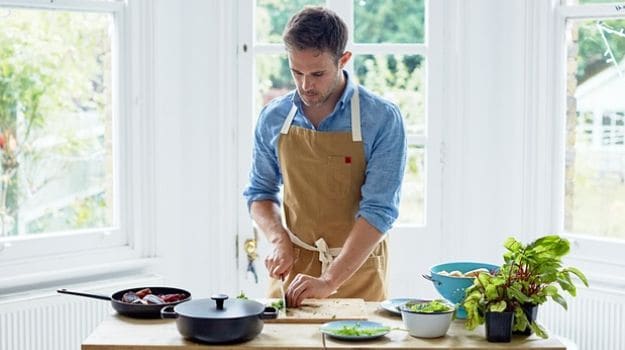Vary the textures of your sides: one crisp (fried or roasted), one pureed and one boiled or steamed usually works well together. Photograph: Elena Heatherwick for the GuardianShared meals can often be over-reliant on a showboating meat or fish main that demands star billing. But why not let the humble side dish take some of the limelight for a more subtle performance ...I started cooking because I was lazy. This might seem incongruous to anyone who finds that task a chore, but bear with me.
As one of four boys (yes, I know, "your poor mum") it was obvious to me from a very young age that if I helped prepare the Sunday lunch, then I didn't have to wash or dry up; both duties I found far more arduous and boring than stirring gravy or peeling carrots. A few strategically timed minutes in the kitchen before mealtime meant I could put my feet up while my brothers tidied up. Winner.
I suspect I felt rather smug about that lifehack, and for a short while I probably did have the better deal. However, by my early teens the work-play balance theoretically turned against me as I became more and more interested in leaving my mark on what we ate, and found myself racking up the peeling and cooking hours. I say "theoretically", because of course this was my decision and effectively my playtime. Mum led proceedings and was generally in charge of the meat (she remains the Senior Executive Consultant Head Chef at Smith gatherings), but I'd look for new puddings to trial and new ways of primping the vegetables and other trimmings.
Perhaps because of that early role as chief veg preparer and gravy maker, I have a strong interest in making side dishes as interesting as possible. It seems to me that many recipe books place too much attention, and many home cooks expend a disproportionate amount of effort, on the protein element of a meal. Subsequently, the veg, carbs and sauces get ignored. Which is surely wrong. A lavish fore" rib of beef or 8-hour shoulder of lamb certainly deserves to be matched with thoughtful support, not bland or underwhelming fodder.
That's not to say every element of a weeknight supper or weekend lunch should be flash; life's too short and simply cooked seasonal vegetables are too good to obsess over five different and showy sides. But I do think that one, maybe two of the main attraction's accompaniments should be interesting. This might simply mean adding a splash of balsamic to the cherry tomatoes you're roasting, or sprinkling a handful of herbs or toasted nuts on top of boiled and buttered vegetables.
Though you could sometimes go a step further, and swap basic mashed potato for a lavish and creamy celeriac and chilli gratin, or give even more attention and care to your braised fennel than you do the baked bass it's going with. Great side dishes can really elevate a meal " and let's be honest, when they're good, they're often the best bit; the thing you go back to for seconds and thirds.
All that said, I'll close this Residency series with a little advice: if you decide to really go to town with the trimmings, make sure you find someone else to tidy up.
Pickled girolles and sorrel potato salad
Pickled mushrooms are a wonderful thing. Here, they spike a potato salad, providing a direct contrast to the more neutral tuber, while sorrel leaves add a lovely, sharp citrus twist. The salad would be a great partner for fish (baked whole bass, pan-fried hake fillets, turbot or salmon), chicken, quail or new season grouse.
Try and find robust green sorrel leaves as they have the best flavour. Make the mushrooms well in advance of when you want to eat. They'll last in the fridge for a number of days.

Serves 4
For the pickled mushrooms
150g girolles/chanterelle mushrooms
1 garlic clove, minced
60g rapeseed oil
40g sherry vinegar
15g tepid water
5g golden caster sugar
2 sprigs thyme
Salt and black pepper
For the salad
300g new potatoes (Ratte or Jersey Royals ideally)
100g sorrel leaves
1 Wash the mushrooms in ice-cold water, scrape the stalks with a small knife and spread out on a clean tea towel to dry.
2 Make the pickle dressing by mixing the garlic, oil, vinegar, water, sugar, a pinch of salt and pepper in a large jar or old soup pot. Add the thyme sprigs. Then saute the mushrooms in a little rapeseed oil for 4-5 minutes, until they release their water. Pour these direct from the pan (with their juices) into the pickle pot. Allow to cool to room temperature, then refrigerate until needed (at least overnight).
3 Boil the potatoes in well-salted water until tender. Drain, then cool with running water or an ice bath. When they're at room temperature, add the mushrooms and 1-2 tbsp of the dressing. Cut the largest sorrel leaves in half, then add all the leaves to the potatoes and toss.
Brown butter, hazelnut and chervil carrots
Not every bit of accompanying veg should be messed with, but I do like to be creative with at least one thing each time; often using some fresh herbs, toasted nuts, or both.
This is basically a riff on a sauce amandine (brown butter, parsley, lemon and flaked almonds) and is a luxurious, moreish way to dress simply boiled carrots. Serve them alongside roast chicken, beef or lamb.
I think chervil is massively underrated, and I like the way it adds both parsley and aniseed notes to the carrots. It's worth noting, though, that brown butter, hazelnuts and lemon would be a cracking coating for many other vegetables.

Serves 4-6
400g carrots
40g butter
25g toasted hazelnuts, roughly chopped
Leaves picked from 20-25 stems chervil (5-10g picked weight), finely chopped
¼ lemon
1 Peel and slice the carrots lengthways (if small) or at an angle (if large). Cook in salted boiling water until tender, drain and put back in the saucepan.
2 While the carrots are cooking, measure the other ingredients and chop the hazelnuts and chervil.
3 Once the carrots have been drained, put the butter in a heavy-based, medium-size frying pan. Heat over a medium to high heat so the butter starts to froth. After a minute or so, the froth will die back, the butter will be golden and will smell nutty, and a patch in the middle will become calm. At this point, throw in the hazelnuts. Move around with a spatula for 10 seconds, then turn off the heat, squeeze in the lemon juice and add the chervil.
4 Tip ¾ of the browned butter and hazelnuts over the carrots. Grind over some black pepper and sea salt. Toss well, so all the carrots are covered in butter and chervil, then finish with the remainder of the brown butter and hazelnuts. Serve immediately.
Ed Smith is a food writer and blogs at rocketandsquash.com. Twitter:
@rocketandsquash











